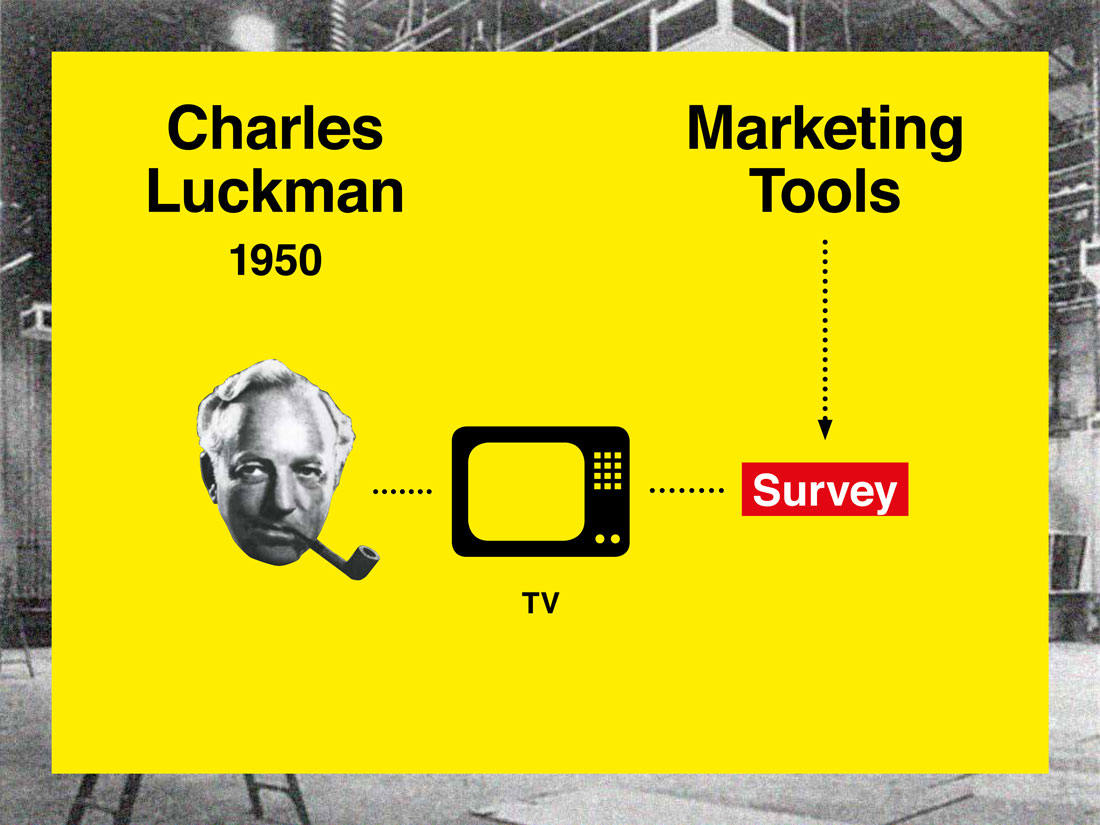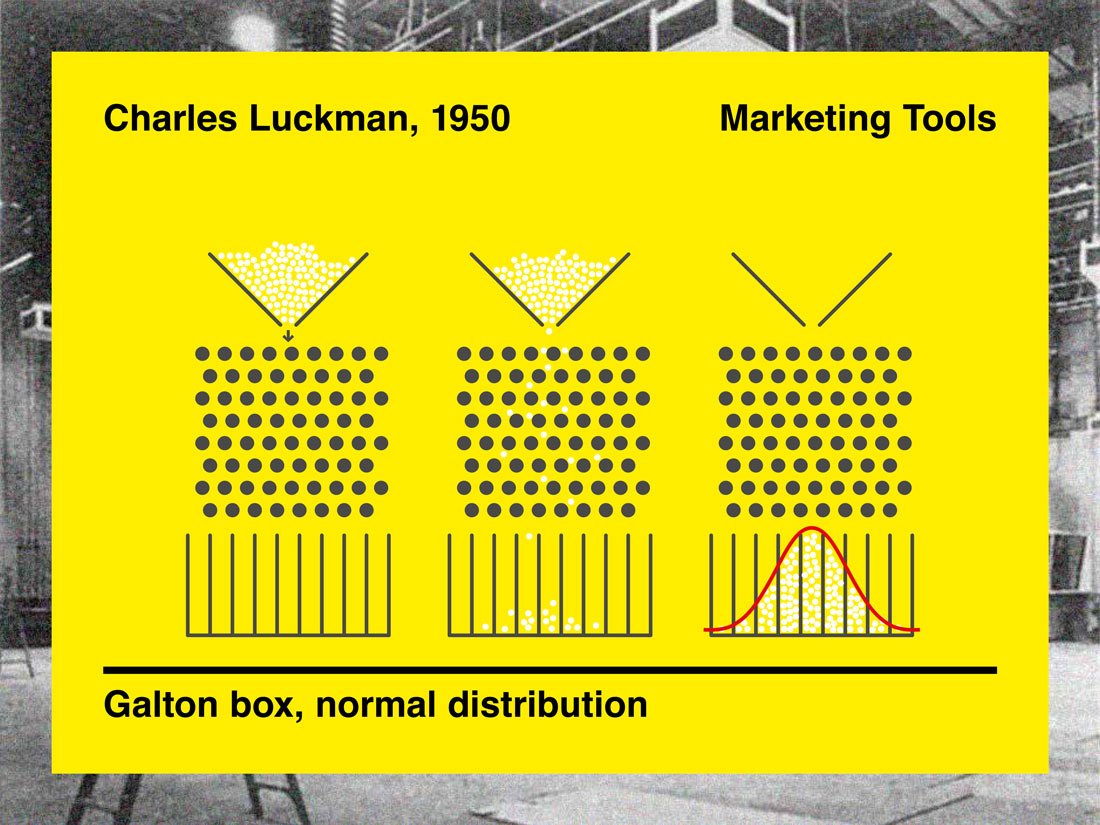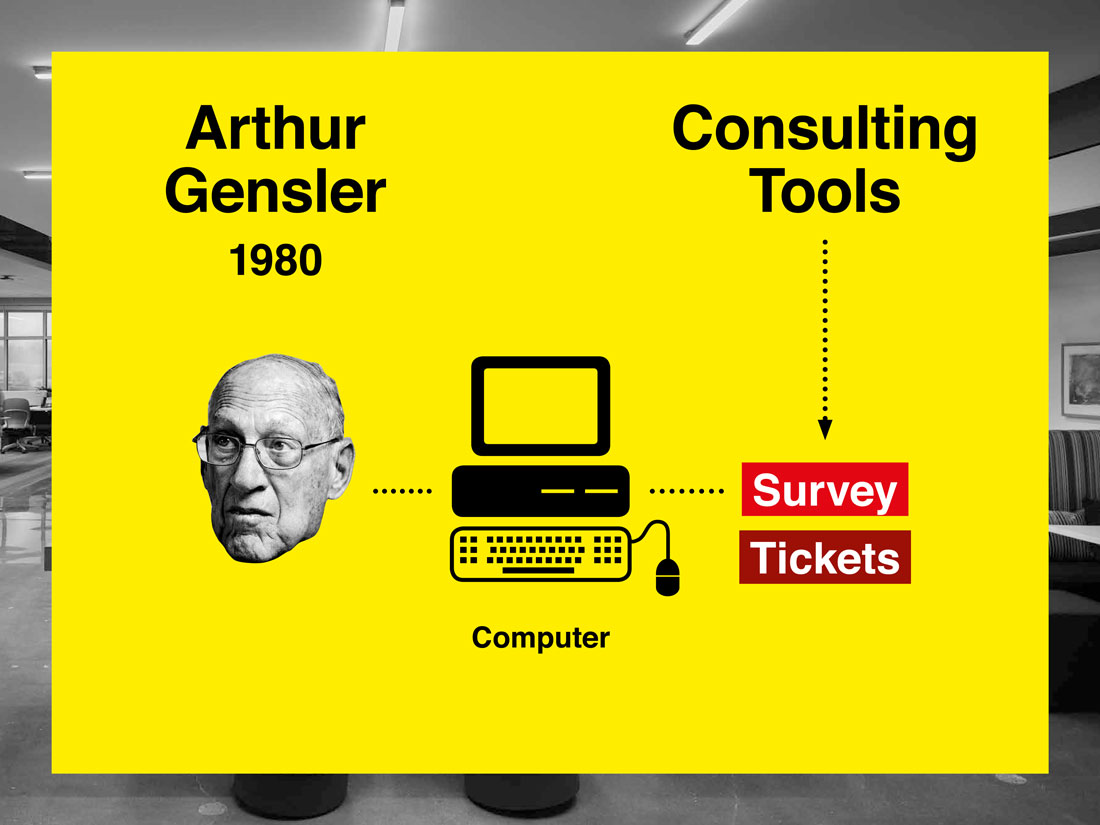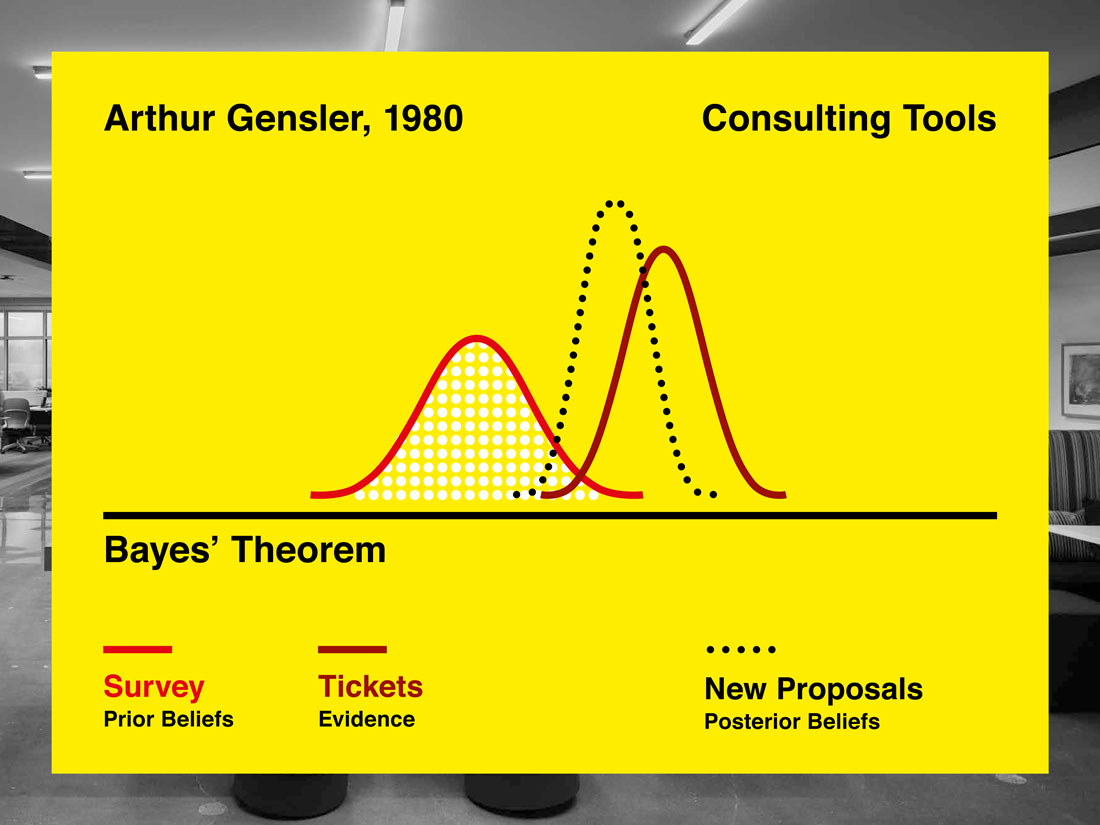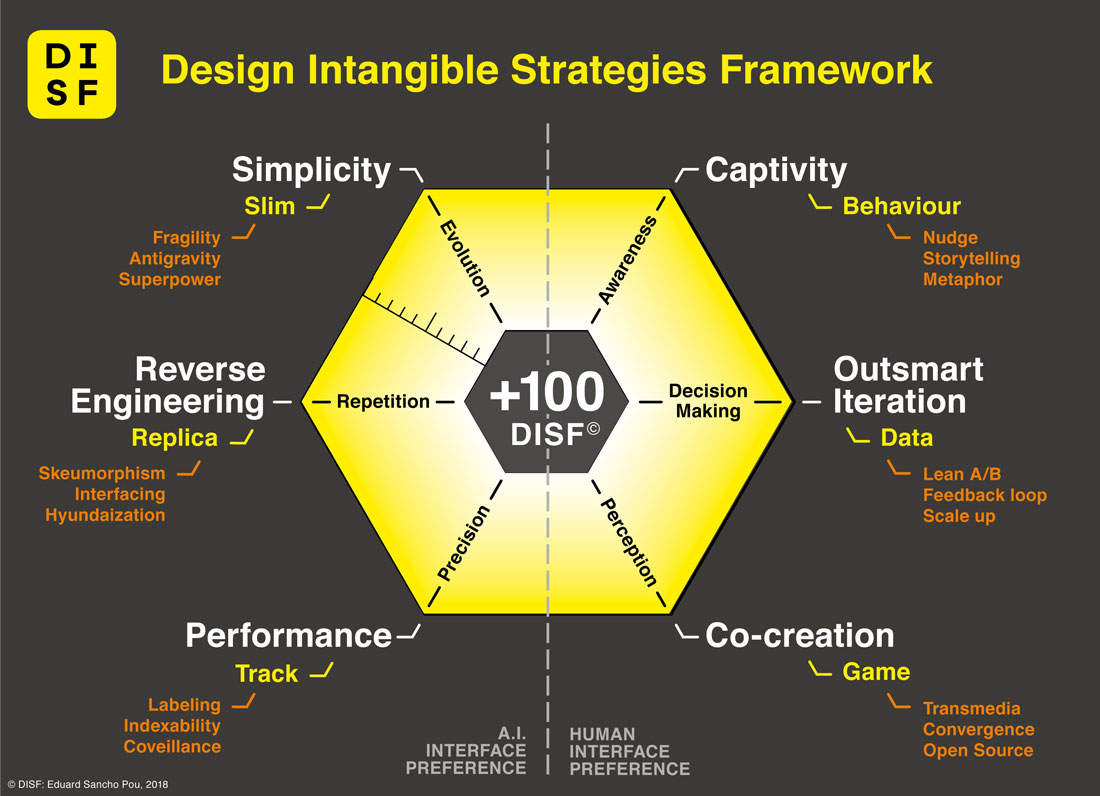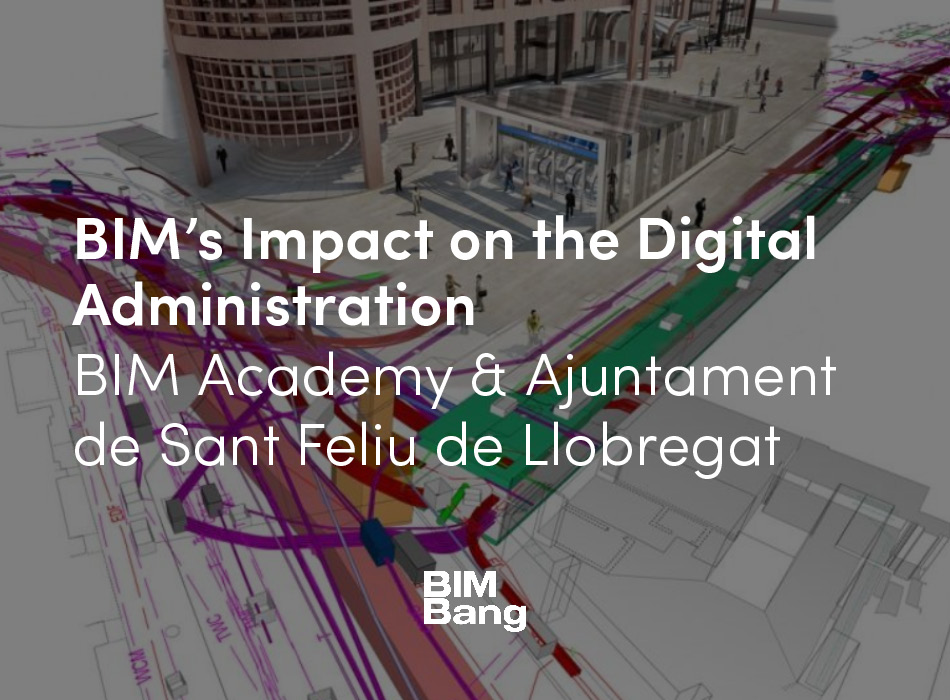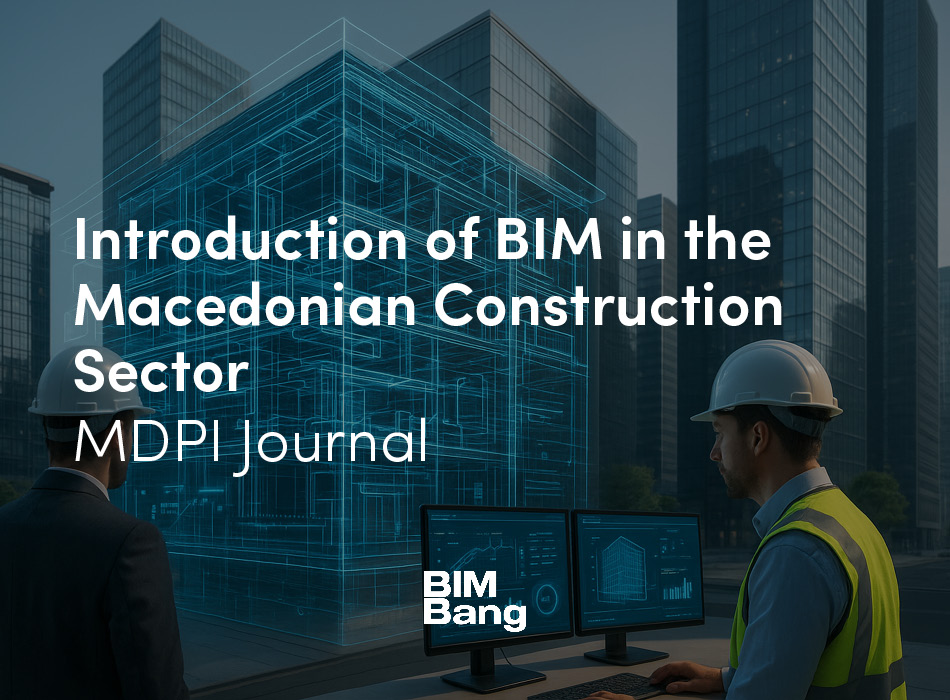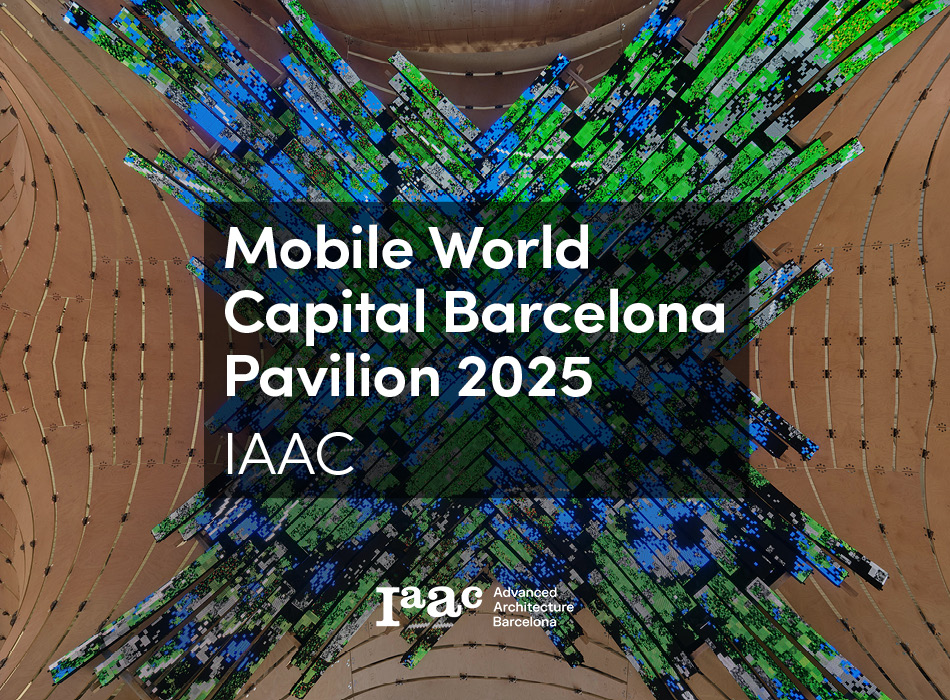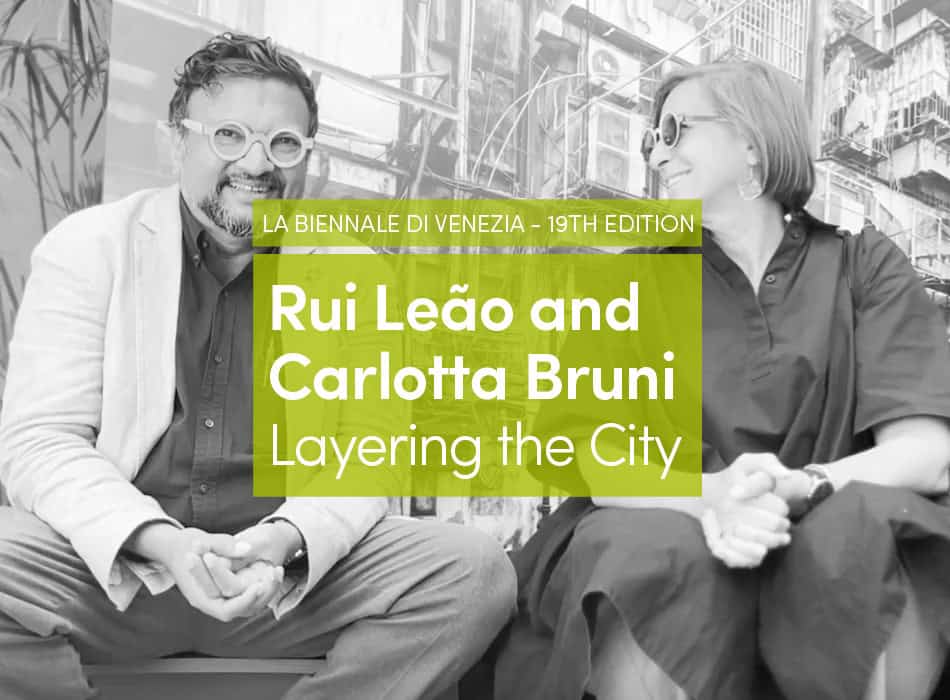When people inquire about my profession, I say that I am an architect who studies how digital strategies are applied to the build environment. Though, no one quite understands my meaning. For this reason, I began to use an analogy to explain my area of interest; and, above all, its utility.
Imagine a forest where its inhabitants can only see in black and white. If a predator were to suddenly mutate, adopting the ability to see in color, this animal would grow, develop, and reproduce, surpassing what used to be his peers, and becoming a threat to them instead. The other animals could sense this threat, aware that their camouflages, their techniques, and tools for protection are no longer working. They would begin a frantic study of their environment to see what changed; but, as their sight remained limited to black and white, they would lack the skills to see anything new.
I compare this limitation in vision, this restriction to black and white, to the architects who use tangible tools, from the form, the materials, or the static, to project. In contrast, the predator, whose vision has evolved to embrace color, is what I compare to the architects who project with both tangibles and intangibles, tools from the data, the relationships, or the brand. Even so, the most important question relates to the reason for the mutation in the first place. How is the predator able to evolve into having this dual-vision? This enhancement in architectural vision is triggered by technological advances.
With the popularization of television, the computer or the smartphone, new tools appear that some architects adapt for projection. They are tools that allow them to have a new channel of information, and a source of data that allows these predators/architects to assure their clients that their design did the transition: From how it looks to how it works.
This text emphasizes the strategy of learning from the evidence; of architects who can see in color, and the intangible tools they use.
The Evolution of Tools: Designing intangibles from the 1950s to Present Day
Charles Luckman (b.1909-1999), was the first architect who could see in color. Triggered by a technological breakthrough in the 1950s, the technological disruption that allowed it was the popularization of TV. With the invention of television, came surveys that sought to understand the wants, tastes and preferences of its audiences. Luckman applied this feedback to architecture, using it to justify to his clients that their projects were not based on aesthetics, but on data. He quantified his designs, translating his conversations with CEOs to relate design with the same rigor of revenue or costs; a language they were much more familiar with.
He was able to do so through the Galton Box. The Galton box is the classic drop-in coin machine that has long since become a staple at fairs and recreational parks. You throw a ball, or a coin, which goes through a series of pins until it falls into one of the bottom boxes. Theoretically, it seems a game where luck intervenes, but as you throw continue to drop the objects, they begin to group and form a perfect curve, the binomial curve, and the average value appears.
Luckman asked the users what did not work in the buildings. He was the first to do post-occupations reports. At that time most TV programs were performed in reformed theaters, which were barely efficient for producing TV programs. These were spaces that needed more lights, more electricity, better access, better everything. Luckman, in the year 1953, became the first architect who made a ground-up TV studio, the CBS Television City in Los Angeles.
From the surveys, he understood what did not work, and incorporated ramps and accesses into his design so that the trucks could unload directly onto the TV Studio; specific places with differentiated access for the sponsors that paid for the programs; movable seats that could be moved, raised or lowered so as not to interfere with the angle of the camera; flexible tubes that held the air conditioning to adjust the splits to the actors, and thus mitigated the heat produced by the bulbs. He was projecting from the user’s feed-back and he was very successful in justifying their projects in data, looking for the general interest instead of the boss’s criterion. It was the first step of the death of “Hi.P.P.O.,” or the Highest Paid Person’s Opinion. The decisions were no longer based on the likes of the Architect or the preferences of the C-Suite. It was the data, the opinions of the users who had taken over, and it was so successful that it became one of the largest bureaus of US billing. Since the Federal Communications Commission granted 2,000 TV licenses, everyone needed their TV studio and Luckman had defined the standard.
In the 80s, Art Gensler (b.1935) was another architect who developed a sight for color. At that time, he had found a niche market in interior design, and his professional office grew strongly. His opportunity was born as a result of offices such as SOM, which erected such free-standing buildings as the Alcoa building in San Francisco. These offices were quickly occupied by lawyers and/or consultants. A challenge arose in learning how to organize the offices. Gensler offered to make the distribution plans of the offices, and here was born one of the largest professional architectural offices today. It lacked competition because the architects, at that time, despised the orders of reform, since they considered them mere decorators and carpenters. He professionalized the interior design, managing to rationalize the spaces and make them more efficient.
What contributed decisively to his success was that as Luckman also tried to base his design on adapting to the client’s needs and spent many hours finding an objective method that would allow him to quantify it. Gensler used the surveys to understand the opinion of the user, but he quickly realized that opinions must often be corrected to adjust to reality. He added another layer of information through tickets, which were the complaints made users explaining what did not work in a building. It is feedback quantified on a specific day and in a specific place: if there was a leak, if there were no free spaces in the parking lot, if it was too hot in a certain room, if there are noises, or a smell.
He managed all those tickets through the popularization of computers in offices. Though slow during this time, they could already group and classify the complaints that came to Human Resources, which Gensler used as raw material to adjust the surveys and the opinion of the people. Through the Bayes Theorem, he was able to correct the opinion of the people with the evidence of the real data provided by the tickets.
The motto of Gensler is that a building is like a racing car; but, to get your best performance, you need to adjust: change wheels, aerodynamic variation, fuel improvement. He does the same by optimize the building constantly. He asks how many people are employed, their productivity, how much space remains, if it is possible to reallocate, how much is being sold in the surroundings, what is the real state of maintenance, how can I deduct tax if I incorporate some alternative energy, etc. This consistent data allows managers to make decisions. The important factor is that he sits on the boards of companies as a consultant, managing the information that allows administrators to make decisions. They are no longer recommendations, they are precise data of greater utility than a balance. The data is mixed; yields and ratios start to appear. The payrolls of those who occupy the buildings intersect with the square meters they occupy and with the objectives they achieve. Employees are told how much their chair, table and physical space are worth, and can be compared in detail to what that employee generates for the company. The architect becomes the administrator of information, used to decide where, when and how many square meters are built. The architect becomes a consultant, with an endless number of recipes that work, based on the data, ready to offer to his clients.
The third architect who can see in color is Miguel McKelvey (b.1974) in 2010. He is the co-founder of a company that manages “shared spaces”. He also works with data and evidence like Luckman and Gensler; but, unlike them, he does not commercialize the information. The data is used for the benefit of his own company. WeWork rents large centrally located buildings, with a long contract, divides them into cubicles and sublets them to start-ups or freelancers. If Gensler has major American corporations as its main client, he helps them make decisions on where to invest, which buildings to buy/rent or even how to settle in another country. In WeWork, the scale of the companies is much smaller, but there are many more of them.
Start-ups, technological companies and freelancers are mainly looking for a combination of flexibility and “vibe” that does not exist in corporate offices. WeWork offers community spaces, that offer an array of foods and beverages, plush lounge areas for socializing, and meeting rooms for special occasions when a corporate atmosphere is preferred. The atmosphere encourages networking and are designed to promote the sharing resources with other people who, in theory, can improve their business. While Luckman uses TV, or Gensler computers, the technology that allows WeWork to be innovative is the smartphone.
The smartphone allows for hand-held surveys, where guests choose where they want to have their desk, or which meeting room they prefer to rent. But it also allows to make tickets, when it offers the option to evaluate with 4- or 5-stars the level of cleanliness of a kitchen or criticize the acoustics of a meeting room. But to the surveys and the tickets, the IOT (Internet of Things) is also added due to the smartphone. The smartphone does not reveal how many hours you intend to work, but constantly tracks your position and tells how much you work, or the exhaust data, which tracks your digital fingerprint, how many friends you have, your level of sociability, etc. This collection of data is processed with “machine learning”, which is an application of Bayes’ theorem, but improved by the network effect: Network Bayes. To give a value, a number that is your affinity with WeWork, you are assigned a desk, a price is set, and they assign you a number of hours of meeting room per month.
The challenge of data is its complexity, its quantity making it difficult for even the computer scientists and statistician who manage it to understand. Yet, for architects, it is essential to understand the criteria to be able to learn and especially interact with their mechanisms. If we consider WeWork, we see that the design is correct, but it does not stand out against others. There are thousands of similar offices, with similar designs that we have seen in similar web pages. Here the tangible is quite irrelevant. It works, yes, but it is not the reason why people come to WeWork. What people value about WeWork are relationships and interactions, the possibility of knowing someone who will help you develop your business, idea or who be a prospective client. People look for connections and the authentic design of this platform is the brand, the reputation, the App that they have developed and the intangibles. The smartphone is an essential piece because it makes it possible. Proof of this is WeWork’s recent purchase of the Meetup app, which speeds up offline meetings for its users.
The interesting thing about WeWork is its willingness to close the loop. Closing the loop is a phrase used in robotics. Open-loop systems prohibit you from changing your actions as a consequence to results. In contrast, closed loops allow you to take an action, measure your results, and change your actions as a consequence. Systems with closed loops have feedback loops that are readjusted and quickly stabilized to find the optimal conditions.
The problem is that these optimal conditions are optimal for companies and their shareholders, but not so much for the users, and even less for the architects.
This is mainly because by lacking this data, we are left without the raw material to project intangibles and be able to practice as architects. We do not know what works and what does not, but we can try to understand its operation. Therefore, I have developed a tool that allows you to map how intangible strategies work in an architectural project. I call it DISF (Design Intangible Strategies Framework), and it studies the parameters that operate the intangible strategies and that determine the identity of a project. Through studying how it reacts in six areas (captivity, outsmart iteration, co-creation, performance, reverse engineering, simplicity), it helps to understand how it works.
DISF © Eduard Sancho Pou, 2018
Today, we think about buildings that we have not visited, through a render, a retouched photo, or a too thoughtful photo that enhances some values that do not really exist when you visit or occupy the building. To handle this visual culture that bombards us with projects on the web, it is convenient to assign a value to each project’s intangible strategies through the DISF. If not, then when we see a WeWork office, and compare it with another office, we attribute identical value, because they look identical. We must be aware that one contains intangible “intelligence” that is part of a conglomerate that today is worth more than 35 billion dollars, while the other does not.
Until now, all project-related decisions were based on tangible architecture. By incorporating intangible architecture, we are changing the definition of what the architectural object is. Although the Newtonian definition of reality has always been considered, a real architectural object is something that has matter and gravity. I think the time has come to adopt Floridi’s definition about what is real. Floridi considers real, in a certain context, everything with which you can interact. As real is a brick that moves when pushed, is an icon on a screen that links you to another when pressed. That the architectural object is no longer just buildings, but interactions, applications and webs that help us to live better. We must not limit our thinking of architectural objects to the long-term, and expand its spectrum to also include short-term, intangible and digital architectural objects, as they all interact with the user to provide greater comfort and safety. We must consider that architecture consists of creating relationships with space, rather than forms, which has always been the case when the architect was a builder, shaman or scribe.
Only when we accept that the architectural object is subject to the reality of Floridi, and that its basis is interactivity, can we make the transition from Architectural Practices to Arch Tech Firms, through intangible/digital strategies.





